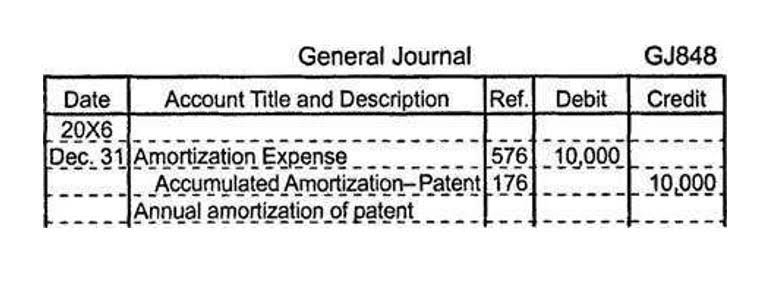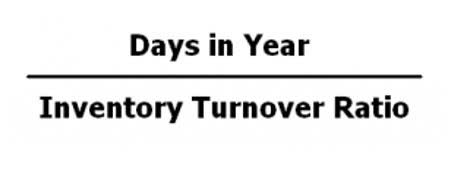It ensures you can meet obligations, support growth, and avoid financial strain. The net result was a slight cash decrease of $0.79 billion, leaving Apple with an ending cash balance of $29.9 billion. This final figure is vital for assessing liquidity and is reported at the bottom of the cash flow statement. This statement shows changes in cash over time, rather than absolute amounts, by reordering and using data from the balance sheet and income statement.
Make sure there’s more money coming in than going out, but look for ways to improve those inflows. Cash flow can be challenging because income is sporadic, but expenses are recurring. Here’s a simple three-step process for working through an analysis of your cash flow.
Is there any other context you can provide?
Effective cash flow management is crucial for maintaining business solvency, ensuring smooth operations, and supporting growth. Monitoring key performance indicators (KPIs) related to cash flow can help businesses identify trends, spot potential issues, and evaluate the effectiveness of their cash flow management strategies. It is a critical aspect of financial management that helps businesses maintain solvency, ensure smooth operations, and support growth. To calculate investing cash flow, add the money received from the sale of assets and any amounts collected on loans, and subtract the money spent to buy assets and any loans made.
Investment Decision-Making
Cash flows from financing (CFF) shows the net flows of cash used to fund the company and its capital. Financing activities include transactions involving the issuance of debt or equity, and paying dividends. Companies with strong financial flexibility fare better, especially when the economy experiences a downturn, by avoiding the costs of financial distress.
How to Prepare a Cash Flow Statement
They can be looked at independently to provide information about cash. A cash flow statement shows how well a business can earn cash, manage expenses and pay off debts and investments. It works alongside a company’s balance sheet and income statement, and public companies must report their statement as of 1988, according to the Financial Accounting Standards Board. Cash flow is a measure of the money moving in and out of a business. Cash flow represents revenue received — or inflows — and expenses spent, or outflows. The total net balance over a specific accounting period is reported on a cash flow statement, which shows the sources and uses of cash.
Get in Touch With a Financial Advisor
It’s used as a strategic tool to help you anticipate future financial scenarios and plan accordingly. Projections take into account factors like your estimated sales, estimated expenses and potential investment you might make at the very beginning of your new business journey. To understand cash flow better, it is best to first understand the two different accounting methods — accrual accounting and cash basis accounting. The cash flow statement (CFS) shows much more about cash than do other financial statements. Purchase of Equipment is recorded as a new $5,000 asset on our income statement. It’s an asset, not cash—so, with ($5,000) on the cash flow statement, we deduct $5,000 from cash on hand.
Calculate Certified Bookkeeper cash flow from operating activities by adjusting net income for non-cash items (such as depreciation) and changes in working capital. Therefore, it should always be used in unison with the income statement and balance sheet to get a complete financial overview of the company. Another important function of the cash flow statement is that it helps a business maintain an optimum cash balance.
As such, having a good cash balance is a must when you want to keep things moving. Maintaining the right processes and procedures can help keep your business on the positive side of things. Cash flow statements are powerful financial reports, so long as they’re used in tandem with income statements and balance sheets.
- Cash flow forecasting is an essential part of cash flow management.
- All of our content is based on objective analysis, and the opinions are our own.
- On top of that, if you plan on securing a loan or line of credit, you’ll need up-to-date cash flow statements to apply.
- Our goal is to deliver the most understandable and comprehensive explanations of financial topics using simple writing complemented by helpful graphics and animation videos.
- Using the direct method, you keep a record of cash as it enters and leaves your business, then use that information at the end of the month to prepare a statement of cash flow.
- It’s important to note that cash flow is different from profit, which is why a cash flow statement is often interpreted together with other financial documents, such as a balance sheet and income statement.
Regular cash flow forecasting helps businesses plan for future growth, manage risks, and ensure they have sufficient cash resources to cover expenses. When doing so, they incur expenses without paying them right away. While the liabilities are recorded on the ledger, they aren’t marked as cash outflows until payments are made. As such, the cash flow statement is not the end-all-be-all of financial statements. Cash flows are reported on a cash flow statement, which is a standard financial statement that shows a company’s cash sources and use over a specified period.
Investors and business operators care deeply about CF because it’s the lifeblood of a company. You may be wondering, “How is CF different from what’s reported on a company’s income statement? ” Income and profit are based on accrual accounting principles, which smooths-out expenditures and matches revenues to the timing of when products/services are delivered. Due to revenue recognition policies and the matching principle, a company’s net income, or net earnings, can actually be materially different from its Cash Flow.
- The second way to prepare the operating section of the statement of cash flows is called the indirect method.
- Understanding where your cash is coming from and where it’s going is key for decision-making.
- Using this information, an investor might decide that a company with uneven cash flow is too risky to invest in; or they might decide that a company with positive cash flow is primed for growth.
- The first method used to calculate the operation section is called the direct method, which is based on the transactional information that impacted cash during the period.
- Bench simplifies your small business accounting by combining intuitive software that automates the busywork with real, professional human support.
- A cash flow analysis will provide an accurate view of your business’s finances.
Many companies have such large businesses that they show numbers on their cash flow statement in thousands or in millions—if they do, there will be a note at the top of the statement explaining this. It shows the net slows of cash that is used to fund a company, as well as its capital. It can relay a company’s financial strength, as well as how its capital structure is managed. Overall, you want to be able to impress investors so that they will make the decision to invest.
Forecasting and Liquidity Management
This What is Legal E-Billing should provide you with the final line item on the cash flow statement. When you’re discussing cash flow, there are two different ways that cash can move. Knowing the difference between the two can help you stay on top of your cash. If a company has a positive cash flow from operations, it can indicate that a company is ready to expand.










